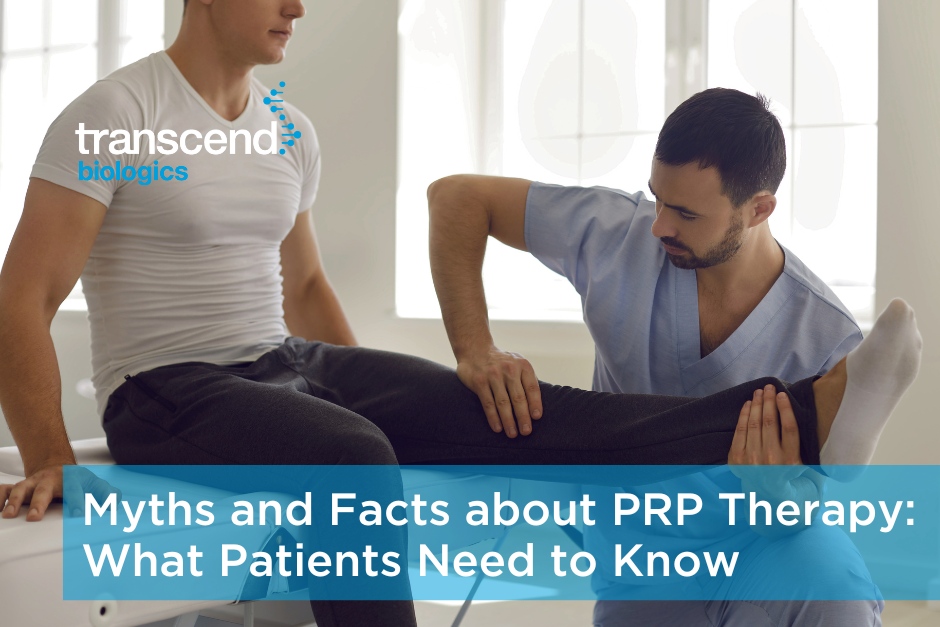Platelet-Rich Plasma (PRP) therapy has become a popular choice in the treatment of various conditions, notably in sports medicine and orthopedics. However, like many innovative therapies, PRP is surrounded by several myths and misconceptions. In this article, we aim to debunk some of these myths and provide facts about PRP therapy to help patients make informed decisions about their treatment.
Myth 1: PRP Therapy is Only for Professional Athletes
Fact: While PRP therapy has gained significant attention in the sports world due to its usage by professional athletes, it’s not exclusively for this group. PRP can benefit anyone suffering from soft tissue injuries or degeneration.
Myth 2: PRP Therapy is Painful
Fact: The level of discomfort during PRP therapy is generally minimal. Patients may feel a slight pinch or pressure during the procedure. There may also be some soreness in the treatment area afterward, but this typically subsides within a few days.
Myth 3: PRP Therapy is Experimental
Fact: Although PRP therapy is relatively new compared to more traditional treatments, it is one of the most well-researched non-surgical therapies in orthopedic and sports medicine.
Myth 4: PRP Treatments Can Replace Surgery
Fact: While PRP treatments can be effective for certain conditions and help some patients avoid surgery, they are not a universal substitute for all surgical procedures. The efficacy of PRP therapy depends on several factors, including the severity of the injury or condition. It is important to discuss all treatment options, including PRP, with your healthcare provider.
Myth 5: All PRP Treatments are the Same
Fact: Not all PRP treatments are created equal. In addition to the concentration of platelets, the inflammatory cell count, the specific protocol and the precise method of injection can all vary. Physicians that use Transcend Biologics, can tailor PRP treatments to each individual patient’s needs, taking into account the specifics of their condition, overall health, and treatment goals.
Myth 6: PRP Therapy Results are Immediate
Fact: While some patients may experience relief shortly after PRP therapy, the healing process typically takes some time. PRP promotes the body’s natural healing processes, and as with any healing, this can take weeks or even months. Each patient’s response to PRP therapy is individual, and the timeline for noticing improvement can vary.
As with any medical treatment, understanding what to expect and what not to expect from PRP therapy is crucial. Remember, it’s essential to have open, detailed discussions with your healthcare provider about your treatment options. At Transcend Biologics, we’re committed to staying at the forefront of PRP technology and providing our customers with the best tools enhance patient care. If you have more questions or are interested in exploring PRP further feel free to reach out to us.
